Rising Cybersecurity Threats
The increasing frequency and sophistication of cyber threats is a primary driver for the unified threat-management market. Organizations in the US are facing a surge in cyberattacks, with reports indicating that ransomware attacks have escalated by over 150% in recent years. This alarming trend compels businesses to adopt comprehensive security solutions that can address multiple threat vectors. The unified threat-management market is responding to this demand by offering integrated solutions that combine various security functions, such as firewall, intrusion detection, and antivirus, into a single platform. This consolidation not only simplifies security management but also enhances the overall security posture of organizations. As cyber threats continue to evolve, the need for robust and adaptive security measures becomes increasingly critical, driving growth in the unified threat-management market.
Adoption of Remote Work Policies
The shift towards remote work has transformed the security landscape, creating new challenges for organizations in the US. As employees access corporate networks from various locations, the risk of security breaches increases. This trend has led to a heightened demand for unified threat-management solutions that can provide secure access and protect against potential threats. The unified threat-management market is adapting to this change by offering solutions that integrate secure remote access, VPNs, and endpoint protection. According to recent studies, organizations that implement unified threat-management solutions can reduce security incidents by up to 30%. This statistic underscores the importance of adopting comprehensive security measures in a remote work environment, driving growth in the unified threat-management market.
Regulatory Compliance Requirements
The unified threat-management market is significantly influenced by the stringent regulatory landscape in the US. Organizations are required to comply with various regulations, such as the Health Insurance Portability and Accountability Act (HIPAA) and the Payment Card Industry Data Security Standard (PCI DSS). These regulations mandate the implementation of comprehensive security measures to protect sensitive data. As non-compliance can result in hefty fines, organizations are increasingly investing in unified threat-management solutions to ensure adherence to these regulations. The market is projected to grow as businesses seek to mitigate risks associated with non-compliance. In fact, it is estimated that the cost of non-compliance can reach up to $14 million for large enterprises. Thus, the need for effective compliance solutions is a significant driver for the unified threat-management market.
Increased Investment in IT Security
Organizations in the US are recognizing the critical importance of IT security, leading to increased investments in cybersecurity solutions. The unified threat-management market is benefiting from this trend, as businesses allocate larger portions of their IT budgets to security measures. Reports indicate that IT security spending is expected to reach $150 billion by 2025, with a significant portion directed towards unified threat-management solutions. This investment is driven by the need to protect sensitive data, maintain customer trust, and ensure business continuity. As organizations seek to bolster their security frameworks, the unified threat-management market is poised for substantial growth, offering innovative solutions that address the evolving threat landscape.
Technological Advancements in Security Solutions
The rapid pace of technological advancements is a key driver for the unified threat-management market. Innovations in artificial intelligence, machine learning, and automation are enhancing the capabilities of security solutions. These technologies enable organizations to detect and respond to threats more effectively and efficiently. The unified threat-management market is leveraging these advancements to provide solutions that offer real-time threat intelligence, automated responses, and improved user experience. As organizations seek to stay ahead of cyber threats, the demand for advanced security solutions is likely to increase. It is anticipated that the integration of cutting-edge technologies will continue to shape the future of the unified threat-management market, driving its growth and evolution.


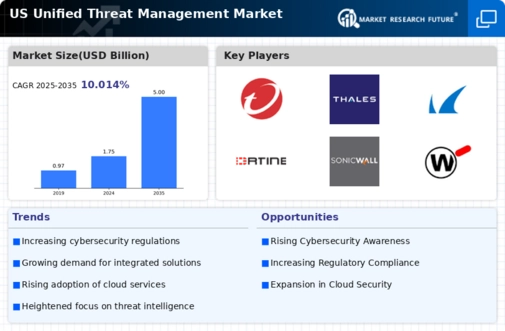
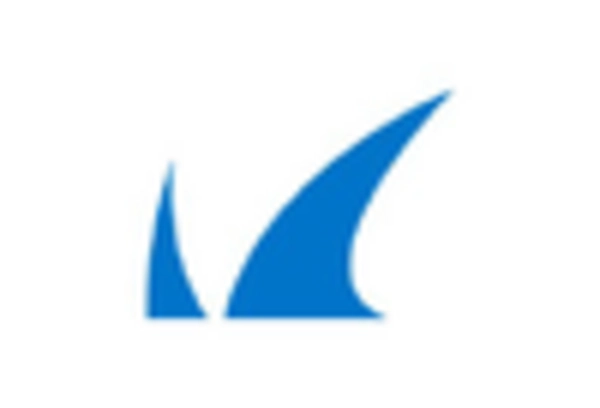
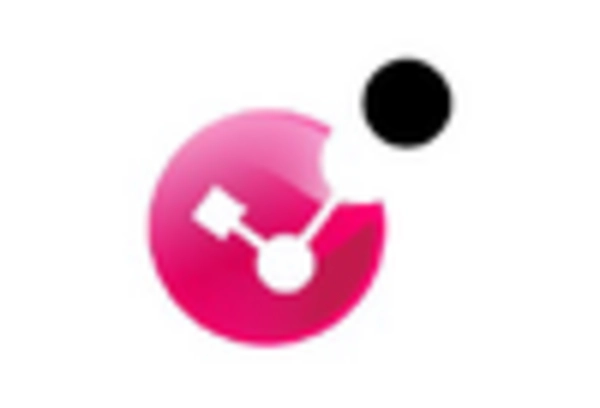
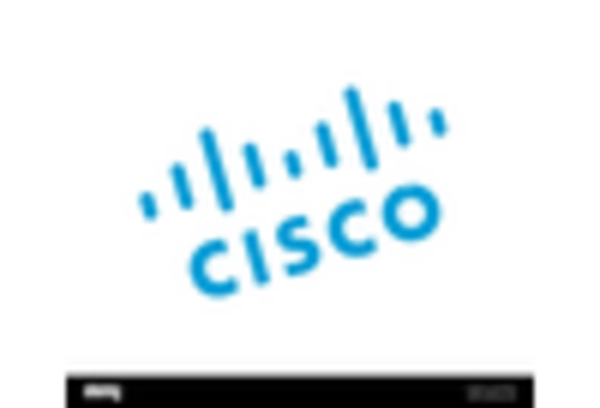
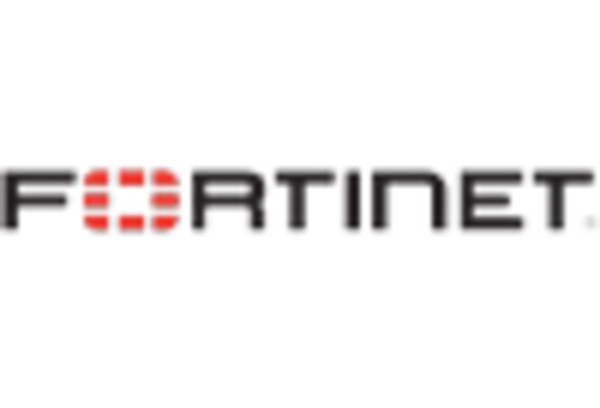
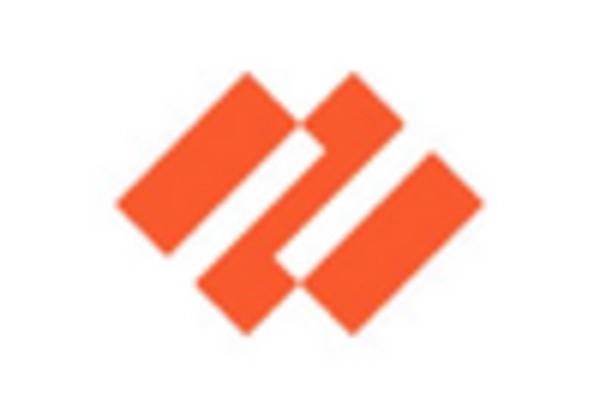
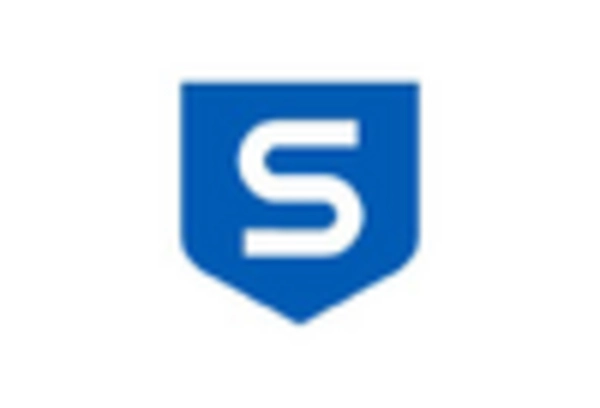








Leave a Comment